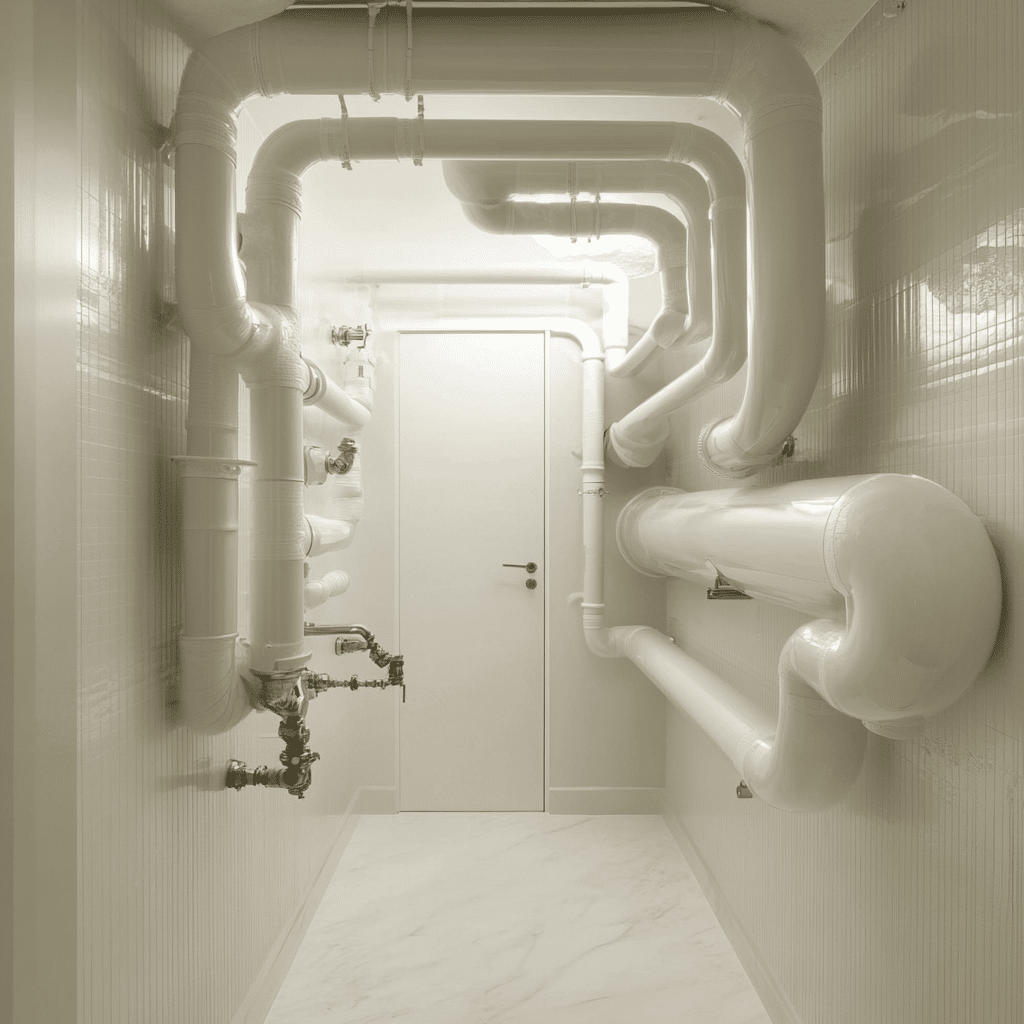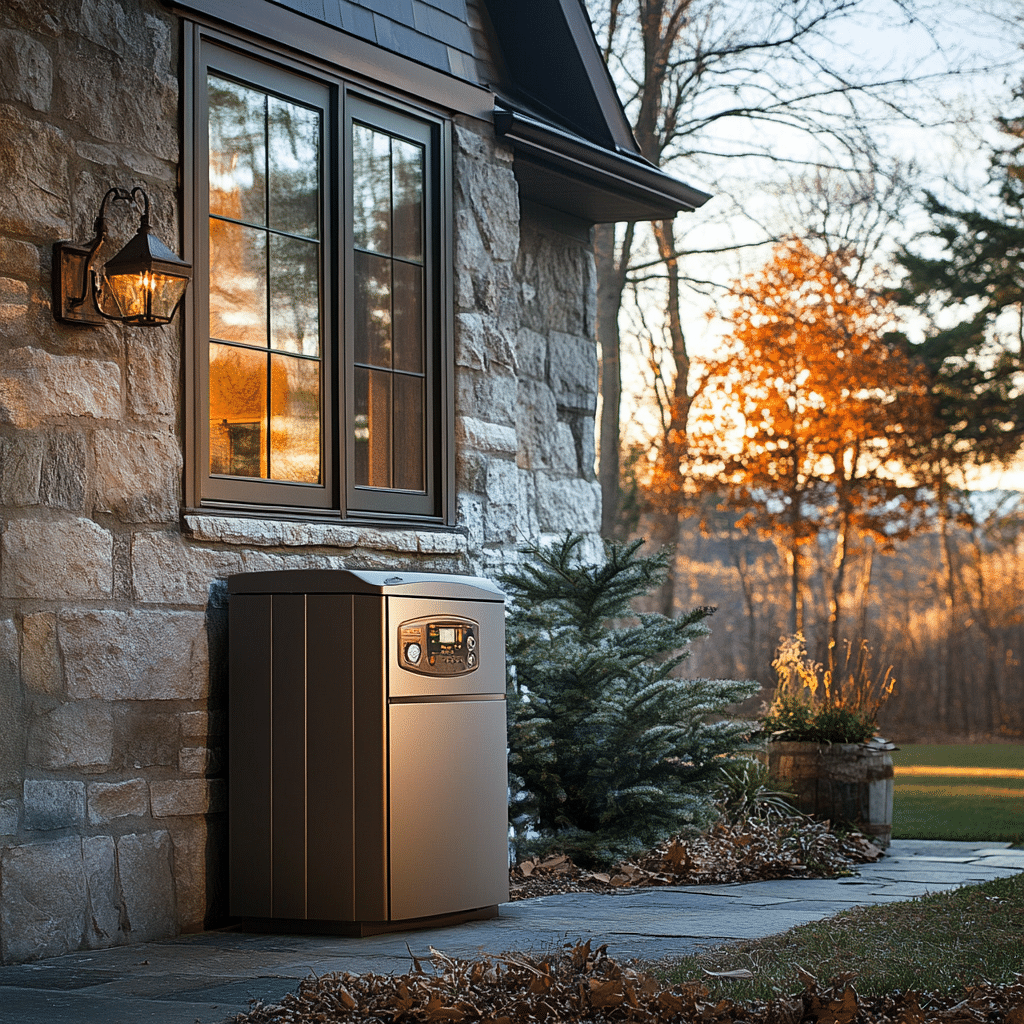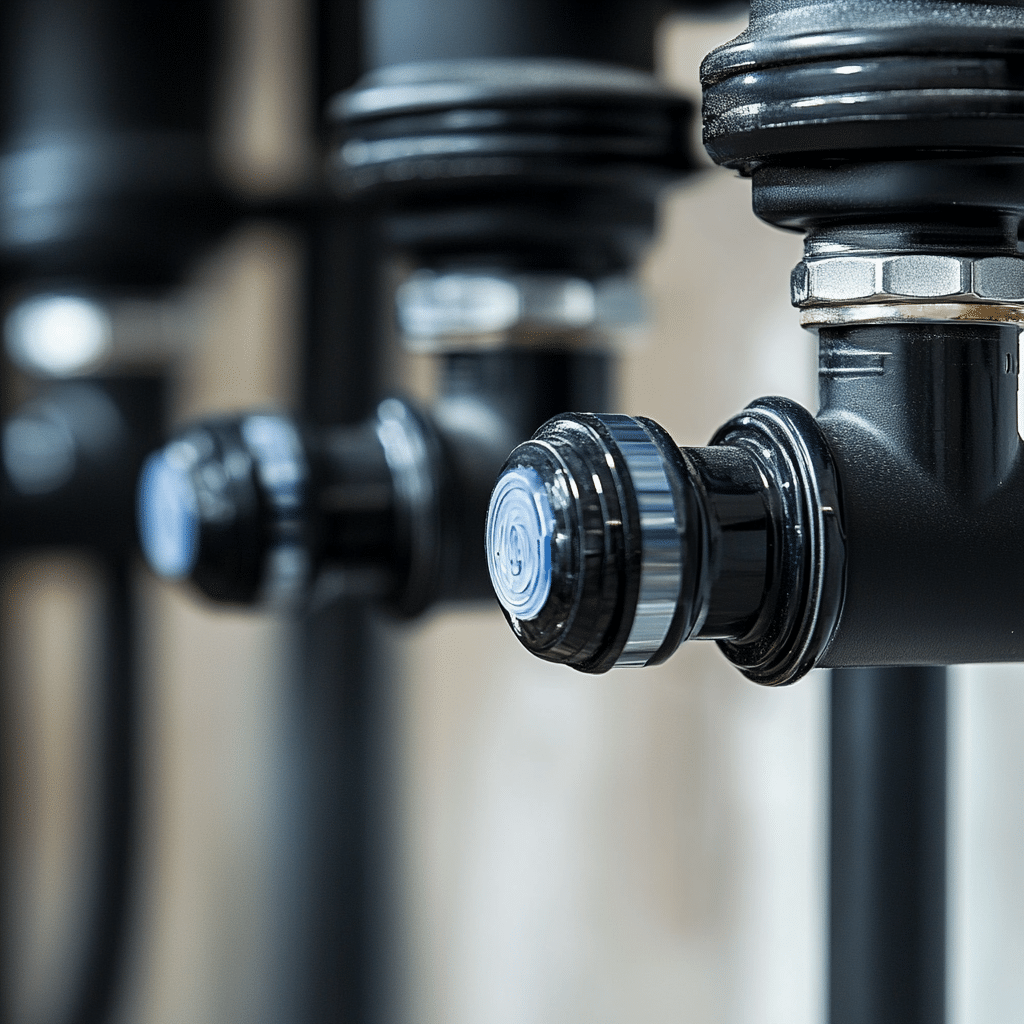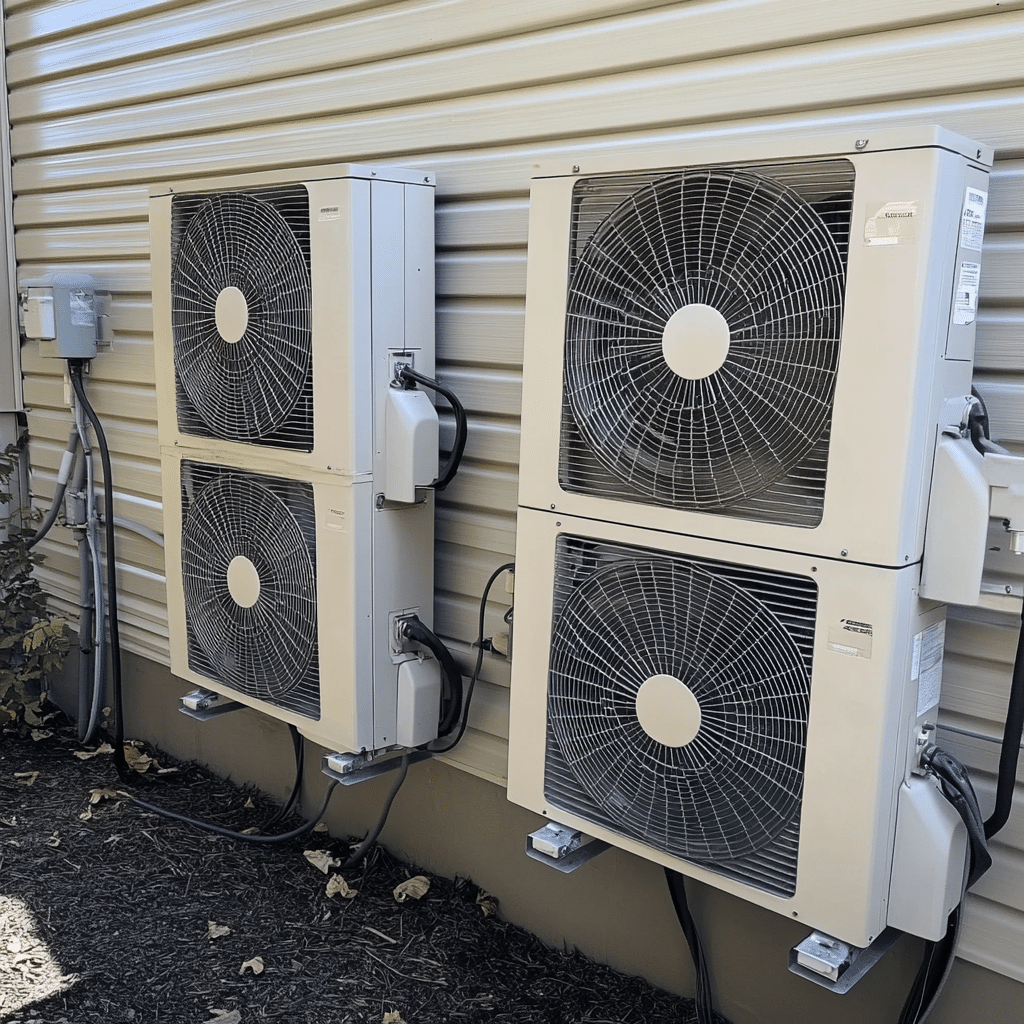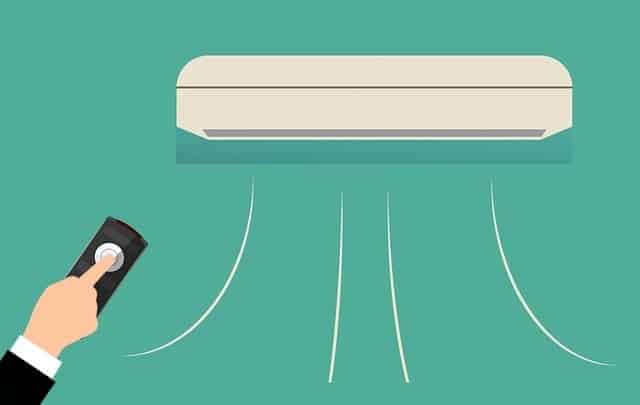As the seasons change, so do the demands on your HVAC (Heating, Ventilation, and Air Conditioning) system. To ensure optimal performance, energy efficiency, and indoor comfort, it’s crucial to implement a proactive maintenance routine tailored to the specific needs of winter and summer. In this blog post, we’ll explore the essential steps for seasonal HVAC maintenance, helping you prepare your system for the challenges of both winter chill and summer heat.
Winter HVAC Maintenance:
- Check and Replace Air Filters:
- During winter, your HVAC system works hard to keep your home warm. Ensure proper airflow by checking and replacing air filters regularly. Clogged filters can reduce efficiency and strain the system.
- Inspect the Heating System:
- Schedule a professional inspection of your heating system before winter sets in. This includes checking the furnace, heat pump, and other components to ensure they are in good working condition.
- Clean and Inspect Vents and Ductwork:
- Clean vents and inspect ductwork for any leaks. Properly sealed and clean ducts ensure efficient heat distribution, preventing energy waste and maintaining a consistent temperature throughout your home.
- Programmable Thermostat Adjustment:
- Adjust your programmable thermostat settings for winter. Lower the temperature when you’re away to save energy and increase it when you’re at home. Consider upgrading to a smart thermostat for more precise control.
- Check for Drafts:
- Inspect doors and windows for drafts. Sealing any gaps or cracks will prevent warm air from escaping, helping your HVAC system work more efficiently.
Summer HVAC Maintenance:
- Clean or Replace Air Filters:
- Just as in winter, clean or replace air filters regularly during the summer months. Clean filters promote better airflow, enhance indoor air quality, and reduce the workload on your system.
- Inspect the Cooling System:
- Schedule a professional inspection of your cooling system, including the air conditioner or heat pump. This ensures that the system is ready to handle the increased demand for cooling during the warmer months.
- Clean the Condenser Unit:
- Outdoor condenser units can accumulate dirt, debris, and vegetation. Regularly clean the unit, removing any obstructions to ensure optimal heat exchange and prevent overheating.
- Check and Seal Ductwork:
- Inspect ductwork for leaks and seal any gaps. Properly sealed ducts enhance the efficiency of your cooling system, preventing cool air from escaping and reducing the strain on the HVAC system.
- Test and Calibrate Thermostat:
- Test your thermostat to ensure accurate temperature readings. Calibrate it if necessary and consider upgrading to a programmable or smart thermostat for better control over your cooling system.
Conclusion:
Seasonal HVAC maintenance is a proactive approach to keeping your home comfortable year-round while maximizing energy efficiency. By following these guidelines for both winter and summer, you’ll not only extend the lifespan of your HVAC system but also enjoy lower energy bills and improved indoor air quality. Regular professional inspections and DIY maintenance efforts will contribute to a reliable and efficient HVAC system, ensuring your home is a haven of comfort in every season.


